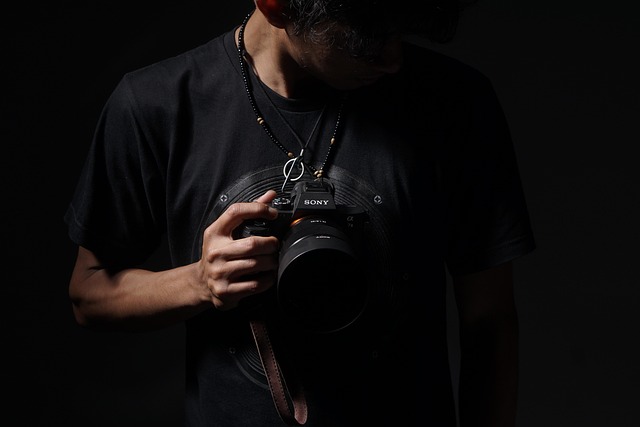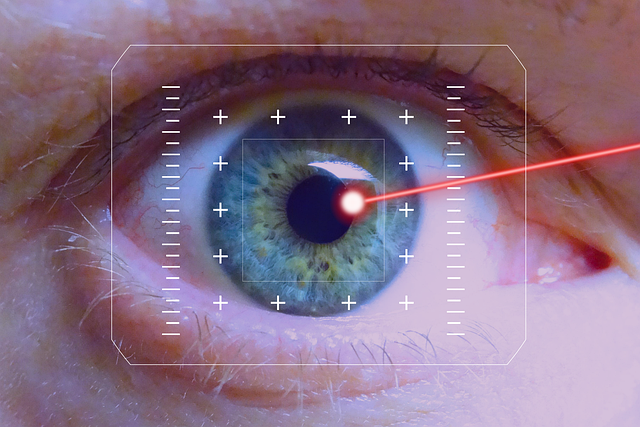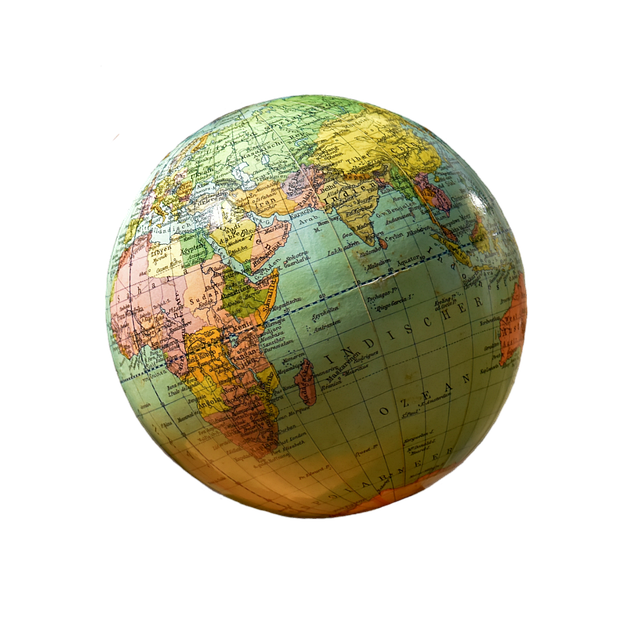Mastering the Reversed Lens Technique: A Photographer’s Guide
For photographers looking to push the boundaries of their creativity, the reversed lens technique is an exciting avenue to explore. This method not only opens new doors to macro photography but also allows you to engage with your environment in a uniquely intimate way. With the right approach, you can capture stunning details that are often overlooked.
What is the Reversed Lens Technique?
The reversed lens technique involves attaching a camera lens in reverse, allowing it to act like a macro lens. This unconventional method enables the photographer to focus much closer to the subject, unveiling intricate details that regular lenses might miss. Using this technique can transform mundane scenes into extraordinary images, revealing a new world through your camera’s viewfinder.
Choosing the Right Gear
To get started, you’ll need a camera with interchangeable lenses and a lens that can be reversed. Canon and Nikon lenses are popular choices among photographers for this technique. A reversing ring, which allows the lens to be mounted backward onto the camera body, is an essential accessory for achieving the desired effects. Remember, this technique works best with prime lenses as they offer better sharpness and image quality.
Technique in Action
Once you’re equipped with the right gear, it’s time to experiment. Start by selecting a subject that intrigues you, such as flowers, insects, or everyday objects. As you position the lens in reverse, keep in mind that you won’t have automatic focusing or aperture control. This means you’ll need to get comfortable with manual focusing to capture sharp images.
Tips for Success
- Stabilize Your Shot: Use a tripod to combat any vibration. Even the slightest movement can cause blurriness when shooting up close.
- Experiment with Lighting: Natural light can work wonders in highlighting details, but don’t shy away from using external flashes or reflectors to bring out textures.
- Master Depth of Field: With a reversed lens, depth of field becomes razor-thin. Practice controlling your distance from the subject to find the perfect focus.
- Be Patient: Macro photography requires time and precision. Take your time to compose and frame your shots for the best results.
Finding Inspiration
As you dive deeper into the world of reversed lens photography, take note of what captivates your interest. Browse through macro photography galleries, engage with fellow photographers on social media platforms, and don’t hesitate to replicate or adapt techniques that resonate with your style. Inspiration can come from many sources, so keep your eyes and mind open!
Editing Your Shots
The editing process plays a crucial role in enhancing your macro images. Post-processing software like Adobe Lightroom or Photoshop can help you adjust contrast, sharpness, and color balance. Fine-tuning these elements will breathe life into your images, allowing the stunning details captured with the reversed lens technique to shine.
Embrace the Challenge
Mastering the reversed lens technique can seem daunting at first, but the rewards are worth the effort. As you continue to practice, you will discover your style, hone your skills, and perhaps even develop a newfound love for macro photography. Embrace the process, stay curious, and let your creativity flourish as you explore this captivating technique.




